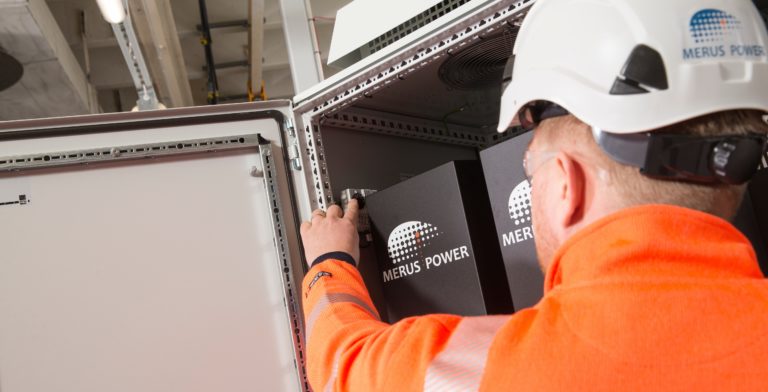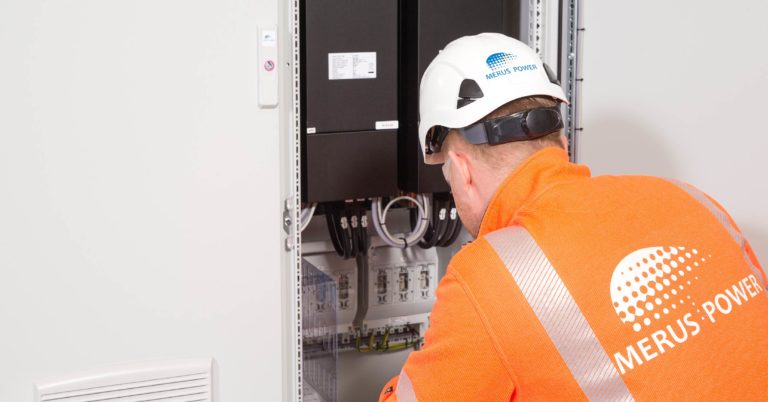Merus® A2 – Active Harmonic Filter
Merus® A2 is a scalable, versatile, and durable active harmonic filtering solution designed and manufactured in Finland using innovative Merus® technology.

A Variable Frequency Drive (VFD) is a device that controls an AC motor by varying the frequency and voltage supplied to the motor. This significantly increases efficiency by regulating energy consumption and minimizing wear and tear. However, it comes with a cost as it creates serious power quality issues. VFDs are the most common source of harmonic currents in electrical networks as they can be found in almost every larger building or factory.
A typical VFD consists of a 6-pulse diode bridge that produces a high number of harmonics in the network, and the total harmonic distortion (THDi) value can be over 60%. If the 6-pulse drive harmonics are not mitigated, they can create high voltage distortion in the network and damage components. Additionally, this creates issues not only inside the same facility but also for consumers who share a connection with the facility.

Merus® A2 is a scalable, versatile, and durable active harmonic filtering solution designed and manufactured in Finland using innovative Merus® technology.

Merus® HPQ is an all-in-one power quality system for combined active harmonic mitigation and power factor correction.